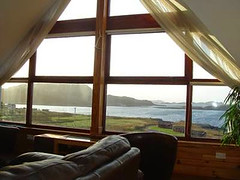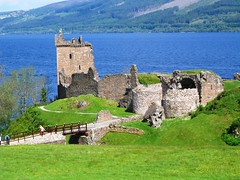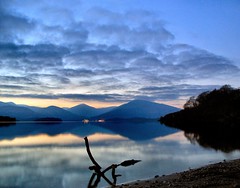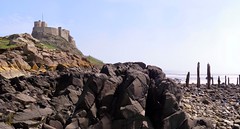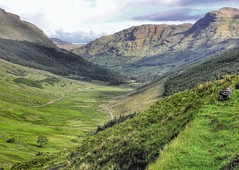History of curling, Scotland
CURLING'S
GOLDEN AGE

Mention the words Scottish and sport in the same sentence and
most people will think of football, which despite a distinct lack
of international success over the years is still something of a
national obsession.
Quite possibly, golf may also come to mind largely because of Scotland's
status as the birthplace of the game.
But although curling can make a similar and perhaps even stronger
claim to Scottish origins it has, in modern times at least, been
left out in the cold as far as popular sporting culture and the
public consciousness is concerned.
That however has all changed thanks to the brilliant performance
of five Scotswomen at this year's winter Olympics in Salt Lake City
in the USA.
An estimated 5.6 million people in the UK tuned in to watch Rhona
Martin, Debbie Knox, Fiona MacDonald, Janice Rankin and Margaret
Morton curl their way to Olympic gold.
Since their historic victory, which gave Britain its first winter
Olympic gold in almost 20 years, the sport of curling has never
been out of the headlines.
And hopes are now high of a renaissance for the sport which can
be traced as far back as 16th century Scotland and which for centuries
was one of the country's favourite games.
According to the Royal Caledonian Curling Club, the national governing
body for the sport in Scotland and the "mother club" for curlers
worldwide, curling was the Scottish game during the first two thirds
of the nineteenth century.
The club's official website dismisses suggestions the sport was
born elsewhere - a claim perhaps encouraged by the 16th century
paintings of Dutch artist Peter Bruegel showing a past-time resembling
curling.

Backing up Scotland's claim to the sport are the facts that the
earliest known curling stones, dating from 1511, came from Stirling
and Perth and the earliest written reports of the game have been
traced to Paisley Abbey in 1541.
By the early 17th century curling was up their with golf and archery
as the nation's favourite past-times. A century later it had became
so much a part of the national culture that Robert Burns referred
to it in his poem Tam Samson's Elegy and in 1716 the first club
was formed in Stirlingshire.
Such was the growth of curling in the 19th century that the need
for a national governing body to regulate the sport became evident
and as a result the Grand Caledonian Curling Club was formed in
1838. Four years later it won royal patronage and became the Royal
Caledonian Curling Club.
It was also around this time that curling became an internationally
popular pursuit as Scots carried their sport with them wherever
they travelled. The Orchard Lake Curling Club in Detroit became
the first curling club in the USA in 1832 while the first documented
record of the sport abroad can be dated to 1807 when the Montreal
Curling Club in Canada was established.
Canada's love affair with the game has continued to this day. Of
the estimated 1.5 million players worldwide around 90 percent are
from Canada, giving the country the highest number of curlers per
head of population.
Although there are only a handful of countries, including Scotland,
with more than 10,000 players there are curling associations all
over the world from Ireland to Israel, Brazil to Belorussia and
Norway to New Zealand.
Fans of the sport in Scotland must now be hoping the success of
the British team will lead to renewed interest in the game at home
and a new generation of players to carry on the Caledonian connection.
The latest curling action in Scotland will be taking place at
Braehead Ice Arena when the Braehead Scottish Championships take
place between 5 to 10 March 2002.
For more information on curling in Scotland visit the official
Royal Caledonian Curling Club website at: http://www.rccc.org.uk/
(28/2/2002)
Back



